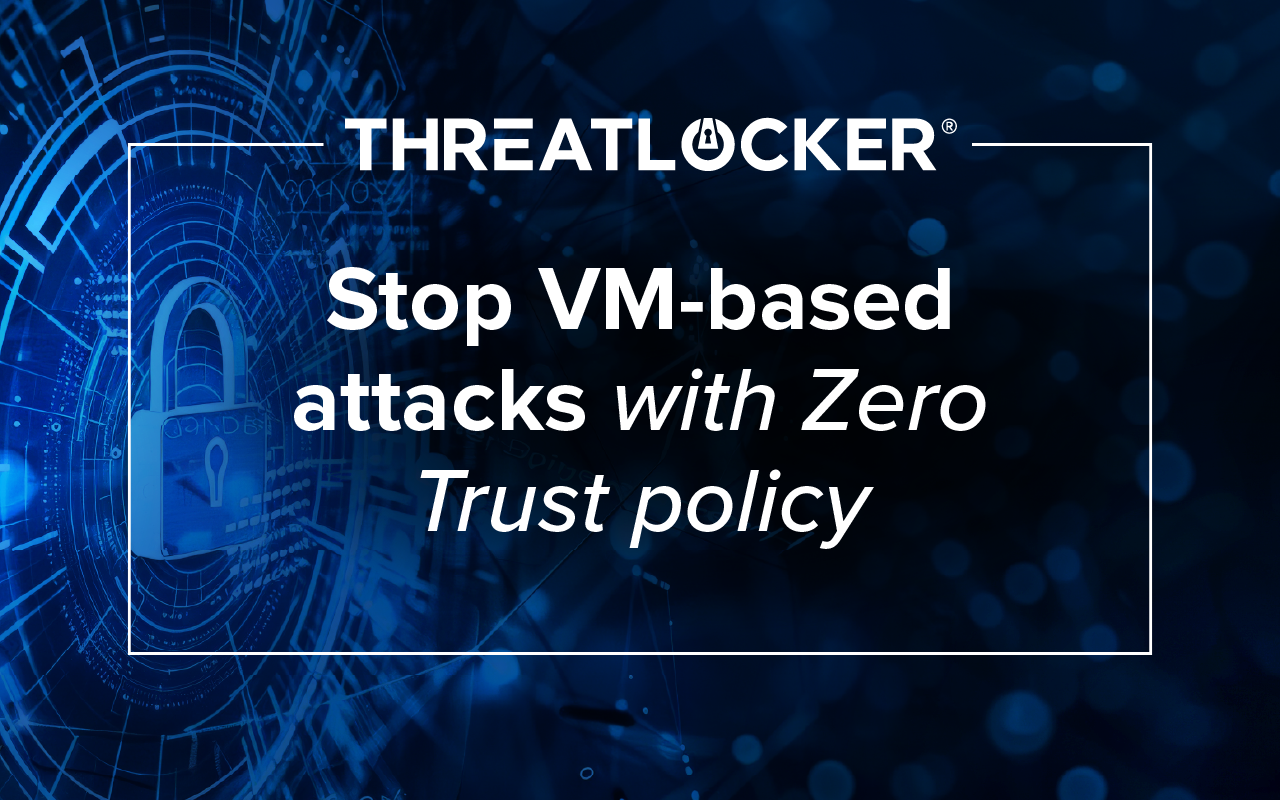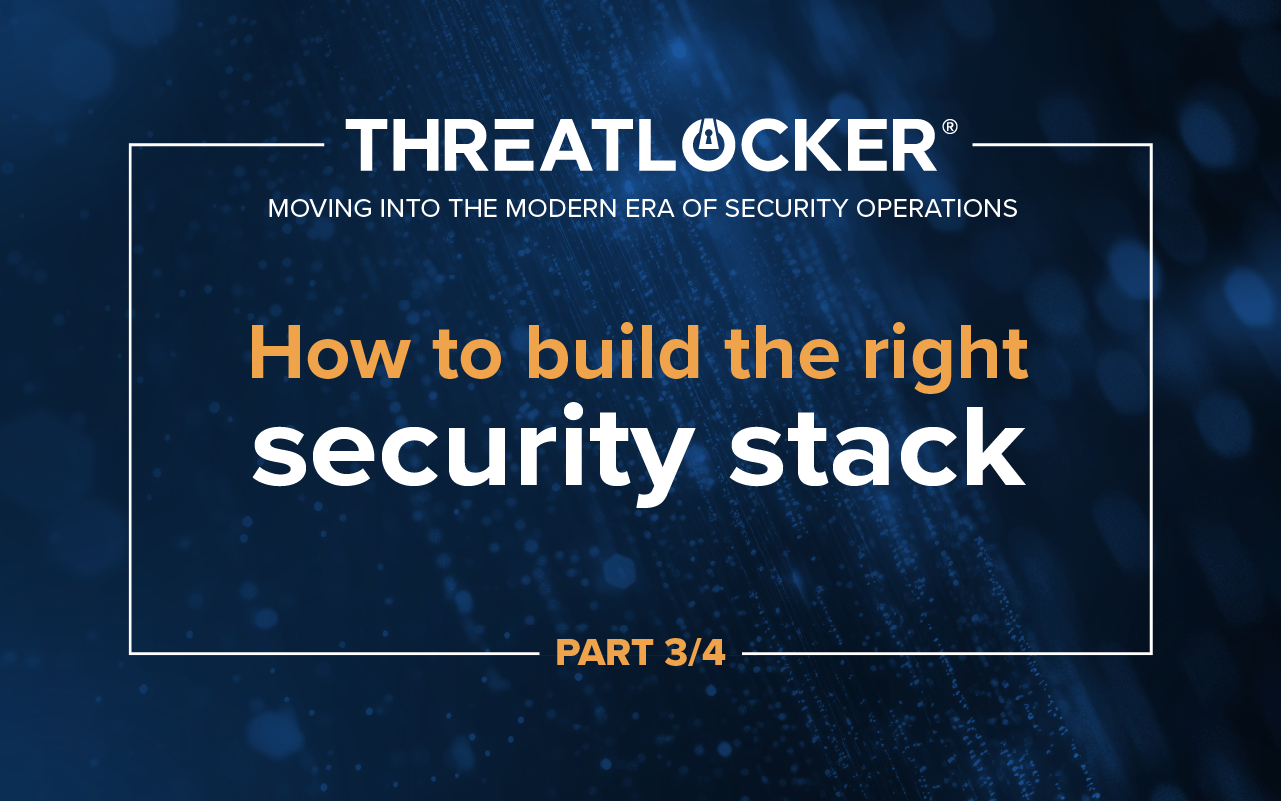Table of contents
The prevailing narrative surrounding Apple's macOS has been one of inherent security. This perception, however, is more a product of marketing than reality. As cybersecurity professionals, we've witnessed firsthand the rise of macOS vulnerabilities and the misconception that these systems are somehow impervious to cyberattacks.
Apple has undoubtedly made significant strides in bolstering macOS security. Features like System Integrity Protection (SIP), Kernel Integrity Protection (KIP), Gatekeeper, XProtect, Transparency, Consent, and Control (TCC), Sandbox, Secure Enclave, and Pointer Authentication Codes (PAC) are testaments to their commitment. But the truth is, no operating system is completely secure, and macOS is no exception.
The Closed System Conundrum
Apple's closed ecosystem philosophy, while contributing to its streamlined user experience, presents a unique challenge. By restricting access to the kernel, macOS limits the depth of third-party security tools, forcing reliance on Apple's built-in measures. This lack of flexibility can be a double-edged sword, as evidenced by a recent incident where a macOS update inadvertently disrupted third-party firewalls.
Furthermore, Apple's restrictions on memory access for third-party security tools hinder their ability to detect sophisticated malware that operates in memory without touching the filesystem. While macOS 15 has attempted to address this by shutting down reflective code loading without filesystem access, it doesn't guarantee complete protection. This highlights the reliance of third-party security developers on Apple to fix vulnerabilities, which can sometimes be a slow and reactive process.
The Evolving Threat Landscape
The digital threat landscape is constantly evolving, with cybercriminals becoming more sophisticated and resourceful. Social engineering attacks, state-sponsored cyber espionage, and the rise of Malware-as-a-Service (MaaS) platforms have democratized cybercrime, making it easier for malicious actors to target macOS users.
As more organizations adopt macOS, targeted attacks are becoming more profitable and widespread. This is exacerbated by the misconception among macOS users that their systems are inherently secure, leading to a false sense of complacency and a reluctance to invest in additional security measures. The convergence of these factors creates an environment ripe for cyberattacks.
Real-World Vulnerabilities
Despite Apple's best efforts, macOS vulnerabilities do exist. Recent years have seen a surge in adware, potentially unwanted programs (PUPs), and sophisticated backdoor attacks targeting macOS. Even seemingly innocuous actions like downloading software updates can expose users to supply chain attacks.
Zero-day vulnerabilities, which are unknown to developers and therefore unpatched, pose a significant threat. These vulnerabilities are particularly attractive to state-sponsored actors and can be exploited for espionage or sabotage. Additionally, malware can pretend to be legitimate and sometimes bypass macOS security measures, highlighting the need for constant vigilance.
The Importance of a Multi-Layered Approach
The notion that macOS is inherently secure has led some users to adopt a complacent attitude towards cybersecurity. This is a dangerous misconception. Security is not a product; it's a process.
Protecting your macOS system requires a multi-layered approach. While Apple's built-in security features provide a solid foundation, they are not foolproof. Users must remain vigilant, employing best practices like:
- Regularly updating software: This ensures you have the latest security patches.
- Exercising caution when downloading files: Avoid suspicious websites and email attachments.
- Ensuring all software is trusted: Verify that software is properly signed and notarized to lower the risk of running malware disguised as legitimate software.
- Using strong passwords and two-factor authentication or Passkeys: This adds an extra layer of protection for your accounts.
- Ensuring all built-in protection measures are turned on: Utilize Apple's built-in security features to their full potential.
- Limiting the number of administrative users: Reduce the potential attack surface by minimizing the number of users with elevated privileges.
- Taking a least-privilege approach to security: This mentality promotes control over your environment and ensures you are only running what is needed to limit the chances of a successful attack.
Conclusion
macOS is not an impenetrable fortress. While Apple's commitment to security is commendable, users must recognize that no system is completely immune to cyberattacks. By adopting a proactive approach to cybersecurity, combining Apple's built-in security features with best practices, and taking a least-privilege approach, macOS users can navigate the digital landscape with greater confidence and resilience.






